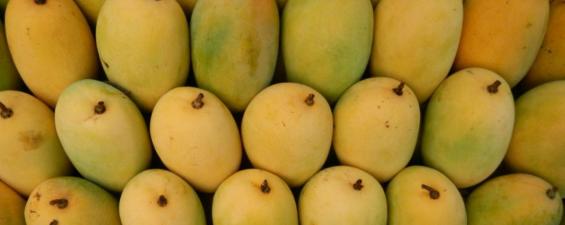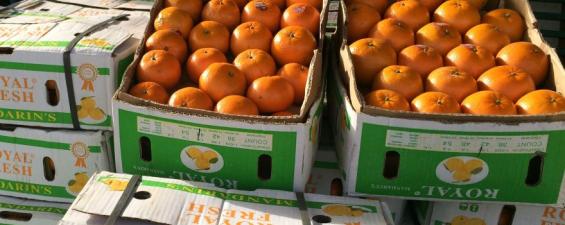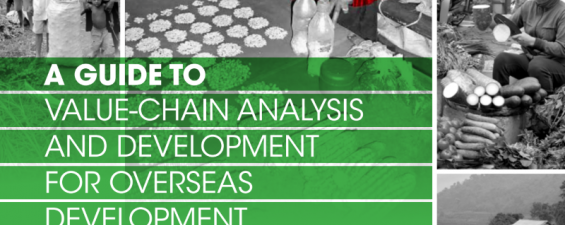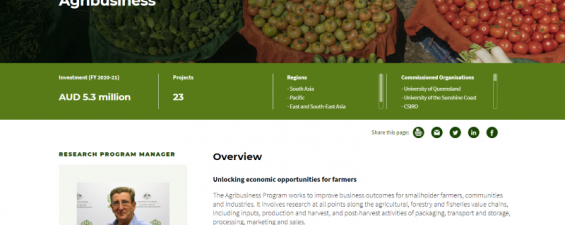The value chain approach is widely misunderstood, often being confused with other concepts such as “value adding” or “high value products”. A value chain approach links what happens at the farm or factory to consumers buying products in the marketplace.
Bridging the gulf between smallholders and consumers in the marketplace can provide a path to improved livelihoods for smallholders, as well as improved food quality and availability for consumers. It can also identify and tackle waste in the farm-to-consumer chain.
These results can improve the economic and social impacts of almost any project, even where the primary research focus is on technical impacts. ACIAR’s value chain lessons from Pakistan and Guides to Value Chain Thinking are highlighted below.
In ACIAR’s Ten-year plan, a key objective is: 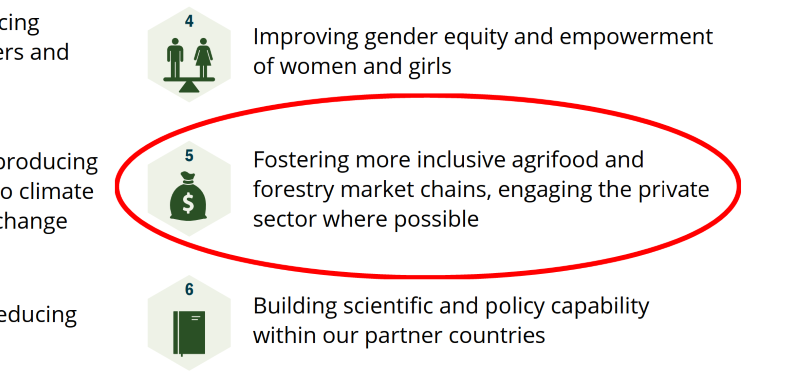
“Fostering more inclusive agrifood and forestry market chains, engaging the private sector where possible”.
There are links below to excellent resources about applying value chain approaches to improve smallholder livelihoods. Here is a very brief summary:
As well as producing the product, value chains involve a chain of information, relationships and business dealings. This immediately highlights that many different perspectives are required in order to understand a value chain and ultimately improve its performance.
It also explains why creating a “value added” (processed) product is NOT the same as creating a value chain.
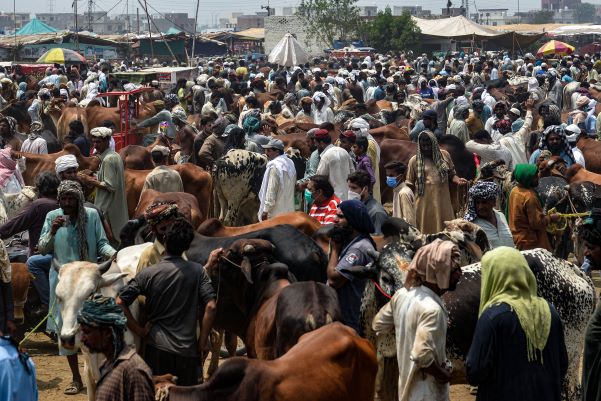
Similarly, growing “high-value” crops is NOT, by itself,a value chain approach.
Both value-added and high-value products have the potential to improve smallholder livelihoods, but so do raw and “low-value” products.
For any class of product, targeting what consumers value, ensuring critical information flows, and supporting co-operative relationships and successful business dealings, are essential to capturing benefits for smallholders, reducing waste and meeting consumers’ needs.
‘Value-chains’ are interactive, collaborative systems that create and deliver products valued by consumers"
(Collins, Dent and Bonney 2016).
In marketing, “value” consists of what people consider to be the benefits and costs of one product when compared with others. These benefits and costs could include many factors such as tradition, novelty, convenience, enjoyment, health, caring for family, or price, to name a few. When the consumer decides that the benefits offer “value for money” he/she pays the price and the flow of money along the value chain begins.
An agronomist helping farmers improve, say, apple nutrition is not necessarily engaged with “the apple value chain”. Similarly, a market research specialist who tests consumer preferences for apple size or crispness is not necessarily engaged with “the apple value chain”. Put simply, a value chain approach only applies when widely varied fields of expertise work together to shed light on the entire chain from the producer to the consumer..
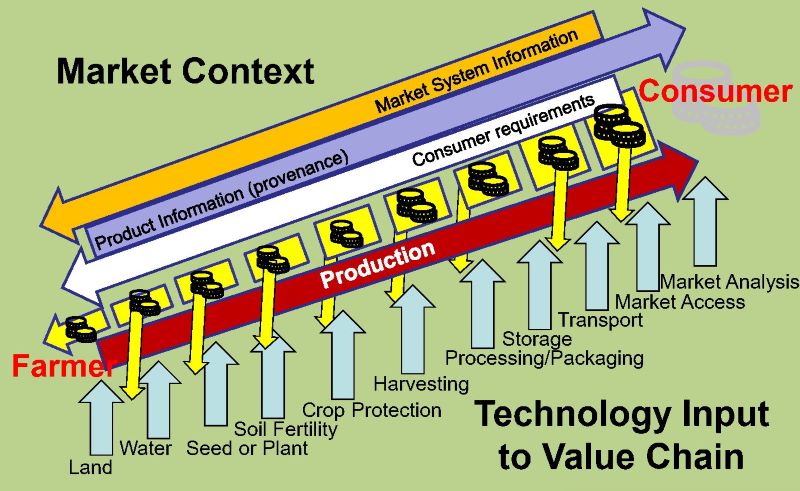
The resources below explain how such multidisciplinary teams can be assembled and managed to capitalise on their different perspectives. These teams, working participatively with smallholder communities, can help them learn what consumers value and how to deliver that at a profit – the right People ensuring the right Product in the right Place at the right Price.
Supply Chain or Value Chain?
"Every business is in one or more supply chains that supply goods and services to their customers and eventually to the final consumer. On the other hand, once the members of a chain begin to work together to more-efficiently deliver what consumers demand, the focus turns from what can be supplied to what is valued". (Collins, Dent, Bonney 2015)

